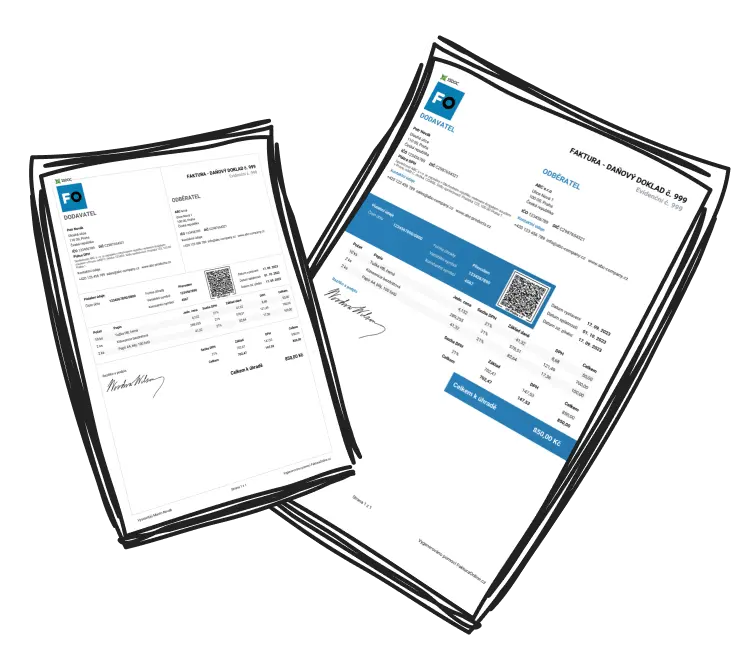A quarterly business plan is a strategic, three-month framework that empowers businesses to achieve specific short-term goals with agility and success. Unlike long-term plans, quarterly plans break down broad objectives into smaller, manageable priorities, enabling faster execution and greater adaptability.
Quarterly plans are shorter, agile frameworks designed for rapid iteration.

How to Create a Quarterly Business Plan That Works
Creating an effective quarterly business plan involves transforming ambitious goals into tangible steps that foster business success and are easy to follow. Here’s your guide to crafting such a plan:
Set SMART Goals: Formulate your objectives using the SMART framework to seamlessly integrate with your quarterly business plan, ensuring they are practical, focused, and achievable within the quarter.
Prioritize Objectives: Narrow down your focus to three to five key goals that will make the biggest impact on your business.
Assign Accountability: Allocate tasks to specific team members, ensuring each has a clear understanding of their roles and responsibilities.
Forecast Resources: Plan your budget, timelines, and other necessary resources to support each initiative effectively.
Create a Timeline: Break the quarter into actionable phases or milestones to maintain consistent progress throughout.
Prepare for Risks: Identify potential risks ahead of time and craft contingency plans to tackle any disruptions that may arise.
Keep your goals SMART: Specific, Measurable, Achievable, Relevant, and Time-based.
Why a Quarterly Business Plan is Critical for Success
Quarterly business plans bridge the gap between visionary goals and daily tasks, aligning teams with clear, specific objectives that enhance focus and flexibility. Their benefits include:
Agility: They enable businesses to adapt quickly to industry changes or unforeseen challenges.
Frequent Progress Evaluation: Regular planning cycles provide opportunities to check progress and course-correct promptly.
Team Alignment: By emphasizing clear priorities, quarterly plans improve coordination and ensure everyone works toward shared goals.
Strategic Flexibility: They allow businesses to refine larger objectives in response to shifting market trends.
Morale Boosters: Celebrating quarterly achievements helps maintain energy and motivation among teams.
Strategies to Improve Your Quarterly Business Plan
Boost your quarterly business plan's effectiveness by incorporating these strategies, streamlining your approach, and achieving superior results within the quarter:
Break Down Big Goals: Divide broad goals into smaller, achievable micro-goals that can be tackled step by step.
Use KPIs: Define key performance indicators to track progress and ensure success is measurable and objective.
Schedule Check-ins: Hold weekly or monthly reviews to address challenges early and maintain focus on goals.
Analyze Past Lessons: Review the previous quarter’s outcomes to identify successes and areas for improvement, avoiding recurring mistakes.
Gather Feedback: Involve your team in reviewing and refining the plan to ensure it reflects both internal strengths and external demands.

Tip
Always schedule time for team check-ins to monitor plan execution.
How to Measure Success in Your Quarterly Business Plan
Success measurement revolves around tracking predefined KPIs and analyzing both quantitative and qualitative outcomes.
Set clear benchmarks, such as revenue growth, customer retention, or project completion rates, at the start of the quarter.
Use tools like dashboards or reports to monitor progress and identify areas of concern.
Conduct thorough end-of-quarter reviews to compare planned goals with actual results and gather feedback from your team or customers.
Celebrate achievements to keep motivation high and use actionable insights to refine your next quarterly plan.

Example
For instance, success could be measured by metrics like revenue growth, customer retention, or project completion rates.
Conclusion: Mastering Quarterly Cycles for Long-term Success
Building and refining quarterly business plans consistently drives success by fostering clarity, adaptability, and measurable progress. By setting focused objectives, actively executing plans, and continuously measuring results, businesses can achieve steady growth and remain competitive in any environment. Mastering quarterly planning today lays the foundation for a more resilient and successful tomorrow.

